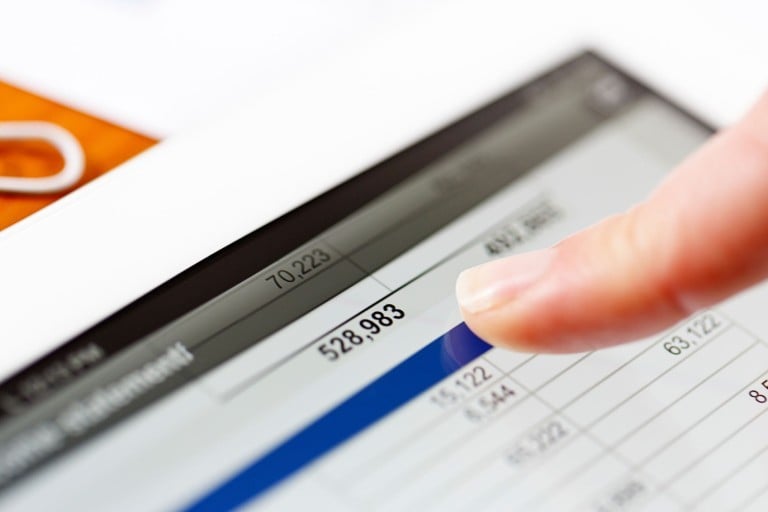- Contabilidad
- Artículo
- Lectura de 2 minutos
- Last Updated: 01/21/2015
Chart of Accounts: The Basics of an Essential Accounting Tool

Table of Contents
A chart of accounts is a list of general ledger accounts that businesses of all sizes and structures use to classify items or services that are bought or sold. While certain aspects of your chart may vary depending on your type of business, most charts are usually organized to have basic balance sheet and income accounts listed. These may include:
- Assets – Assets represent what a business owns. These can be divided into current assets, such as bank balances, and fixed assets, such as real estate.
- Liabilities – Also known as debt obligations, liabilities are what the business owes. Liabilities can include loan payments and balances.
- Owner's equity – Owner's equity is the investment in the business owned by stockholders or investors.
- Revenue – Revenue represents sales and/or investment income.
- Expenses – Expenses are costs incurred by the business.
These categories are often broken down into customized sub-accounts to reflect the specific needs of the business. For larger organizations, additional account numbers are sometimes used to identify corporate divisions and departments.
3 tips for creating your chart
1. Arrange Your Chart Based on Tax Return Forms
A chart of accounts can save time and money during tax season if you arrange it according to the tax classifications, sub-classifications, and identification numbers required on income tax return forms, such as Schedule C Form 1040 Profit or Loss from Business. Doing so can help make it easier to match bookkeeping journal entries and create financial statements.
2. Take advantage of Online Tools and Templates
There are many free resources available to help you create your own chart of accounts. For example, the Small Business Investment Company program provides examples of charts through the U.S. Small Business Administration. If you are a nonprofit organization, you may prefer to use the free Unified Chart of Accounts made available online by the National Center for Charitable Statistics (NCCS).
3. Use a Numerical System
Assign blocks of four-digit numbers to each account category for more flexible classification. An online accounting system can further simplify your efforts through the use of online templates, simple search functionality, and cloud-based collaboration.
Getting your business’s finances organized becomes easier when you understand the basics behind the chart of accounts.
Tags







